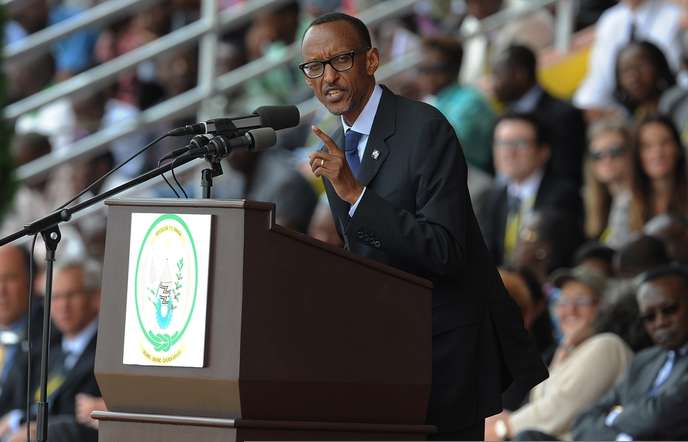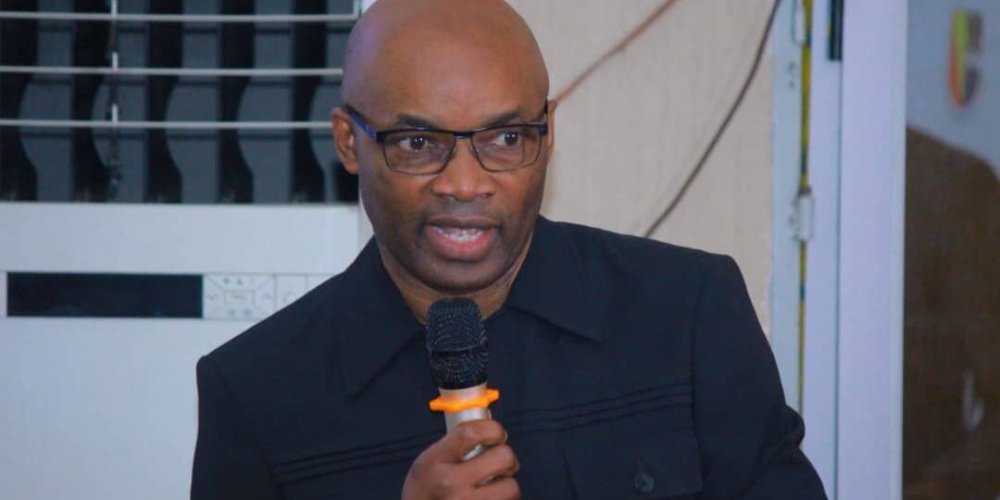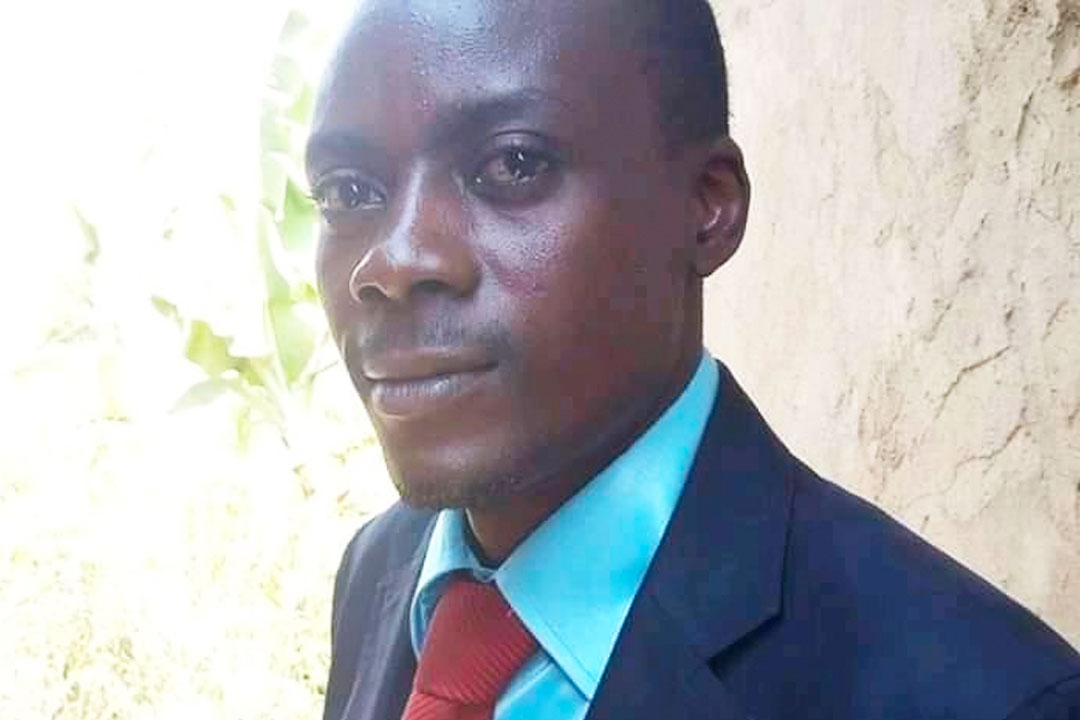Every year during the month of April, Rwandans, home or abroad, commemorate the tragic events that took place in their country in April 1994. The horrific killings of that period are regarded as a dark history of Rwanda. Yet, the current ruling party’s official version of the genocide against the Tutsi is completely different from what really happened. This article challenges the regime’s narrative by offering evidence that suggest that the ruling Rwandan Patriotic Front was responsible for the tragedies that occured from April to july 1994.
The history of the central-east African country’s genocide that was perpetrated against the Tutsi, was sparked by the shooting down of the presidential jet carrying Juvenal Habyarimana and Cyprien Ntaryamira, respectively the then Rwandan and Burundian Presidents. The plane was shot by a surface-to-air missile on April 6th, 1994, in what is considered a terrorist attack that beheaded the twin African Great Lakes Region countries. The perpetrators of this attack are still unknown until today. However, it is clear who benefited from it.
23 years later, facts about what happened during these 100 days are all equivocal, ranging from evidence of preparation, trigger, real number of people who were killed, killers, genocide and victims’ designation etc.
The Kigali narrative
The April 1994 Genocide against the Tutsi in Rwanda claimed estimatedly 5 or 7 lost lives every 1 minute and this during a period of a 100 days and the killers were using mostly traditional weapons and not chemical weapons.
The ruling party in Rwanda, the Rwandan Patriotic Front (RPF) claims to have halted these atrocities and claims that they should be labelled as “Genocide against the Tutsi” whereas the UN labels it “Rwandan Genocide”. Despite the UNSC resolution 2150 (2014), concerning “the 1994 Genocide against Tutsi in Rwanda, during which Hutu and others who opposed the genocide were also killed”, the embassy of Rwanda in Nairobi boycotted the 23rd commemoration events organised at the UN HQ in the Kenyan capital following diplomatic disputes on the definition of what really unfolded between April and July 1994. Mr. Kimonyo, the Rwandan High Commissioner to Kenya, explained that during 22nd Commemoration event at the UN, he differed with the framing of the genocide that saw the killing of about a million people in almost 100 days. The envoy says that massacres in Rwanda in 1994 were directed at a specific group of people, the Tutsi, and that it was incorrect to refer to it as ‘Genocide in Rwanda’. But the UN, through its spokesperson, Nasser Ega Mussa, said the parallel events would allow a larger and more diverse participation than previous years in remembering one of the worst atrocities in recent times. “The UN’s event will be guided by the United Nations General Assembly’s resolution adopted in 2004” he said.
In his speech at the 23rd national commemoration entitled #Kwibuka23, President Paul Kagame decried the semantics around the 1994 Genocide against Tutsi. He said the debate around the semantics is absolute nonsense and went on saying that: “We lost over one million people and it was not a natural disaster, it happened on the hands of some people and politics was the cause, whether local or international”
Taking President Kagame at his own words, him who, during an interview with SABC in april 1994, designated the events as “Massacres”, if today he says the genocide happened on the hands of some people, this calls for a closer look in each one’s responsibility.
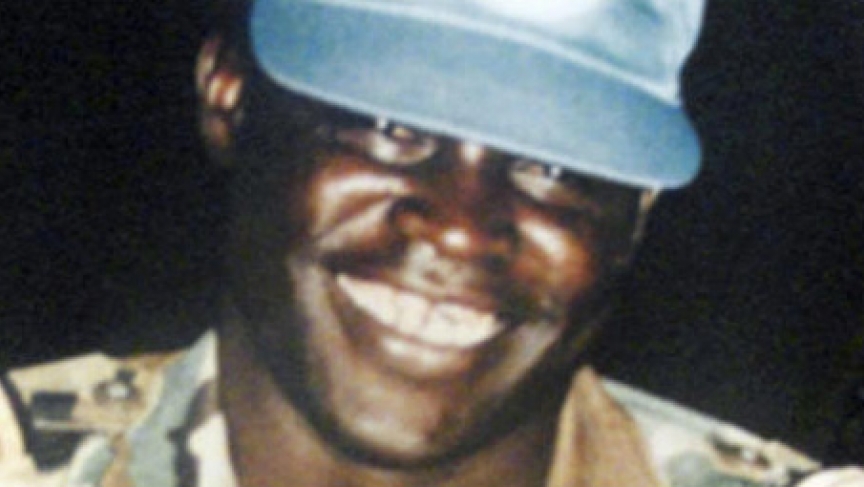
In his speech, President Kagame acknowledged the courageous and heroic rescue interventions of Captain Mbaye Diagne who was part of the Senegalese contingent of the UN Assistance Mission for Rwanda (UNAMIR). On May 8th 2014, the UN Security Council created the Captain Mbaye Diagne Medal for Exceptional Courage in honour of the actions of Diagne during the Rwandan Genocide.
Paradoxical arguments
What President Kagame advertently avoided to stress in his speech is that, almost two months after saving many lives including the 5 children of former prime minister Agathe Uwilingiyimana, Captain Mbaye was killed by a mortal shrapnel fired by the Rwandan Patriotic Army (RPA) forces on May 31st 1994. The incident happened because Kagame overlooked the clear instructions of Lt General Dalaire to stop bomb shelling the Kigali city.
As Capitain Mbaye was rescuing lives, a risky task in which he managed to succeed, RPF had sent high ranking officials to New York as soon as one week after the shooting down of the presidential plane. Their mission was to prevent any foreign intervention to Rwanda. In addition, they repeatedly asked all foreign troops to leave Rwanda.
A question then arises: if a solo and unarmed UN observer could save hundreds of lives; why, since the signalling of the genocide against the Tutsi on 6th April, did the RPF categorically oppose the deployment of a UN intervention force and threatened to consider it as enemy?
In a letter dated April 30th1994, signed by some of the members of RPF political bureau, the RPF announced that more than a half million people (500000) may have died, that the genocide was almost completed and that most of the potential victims of the Habyarimana’s government have either been killed or have fled.
While the then Rwandan government was pushing for the strengthening of UNAMIR to ensure respect for the cease-fire and stabilize the situation in Rwanda, this RPF letter has put thousands of Tutsi in danger as some 30000 were gathered at various sites in Kigali, more than 20000 at Kabgayi and more than 10000 at Nyarushishi. The letter ignored that thousands of Tutsi were still in hiding in Butare, where the killing had become widespread in only during the last week of April 1994.
Towards the end of the first week of May 1994, Lt General Dalaire, was meeting Kagame at his newly setup headquarters in Byumba. He wanted to ask Kagame and his RPF forces to stop shelling the Rwanda Government Forces positions, the hospitals, the airport and UNMIR positions in Kigali.
He raised his worries about the fate of the Tutsis and the moderate Hutus who sought refuge at Hotel des Milles Collines and other sites and asked Kagame not to attack them. Regrettably the answer from Kagame was: “There will be many sacrifices in this war. If the refugees have to be killed for the cause, they will be considered as having been part of the sacrifice.”1
Paul Kagame voiced the same line of thought in an interview with the Washington Times by saying that only a guerrilla victory would bring peace to Rwanda. Kagame presented impossible conditions at each meeting for a ceasefire according to the UN special representative and head of United Nations Assistance Mission for Rwanda(UNAMIR) Jacques-Roger Booh-Booh because he wanted total military victory.
Moreover, the RPF kept threatening any form of foreign intervention. According to the Herald (Glasgow), on May 18th 1994, Polisi Denis, who was the deputy vice-chairman of the RPF said: “Should the UN force come in between the two warring sides then it will be treated as an enemy force and will be engaged.” A week later, the Denver Rocky Mountain News wrote: “The commander of rebel forces, Paul Kagame, warned the United Nations on Monday to stay out of the war in Rwanda”.
That is how the RPF kept flouting all attempts for a ceasefire and consequently put thousands of lives in danger until July 1994. The contrast in President Kagame’s speech betrays him and his political party. What he said about the killings in 1994 is different from what he said 23 years later and it clearly shows that in 1994, he knew what would befall the Tutsi population if he continued his military offensives.
RPF’s responsibility
This is an indicator of RPF’s clear intentions. The party’s intentions were not to stop the genocide against the Tutsi, its priority was not those who were being hunted down and killed during the genocide against the Tutsi. Their aim rather was to get in power through total military victory.
As such, the RPF has made itself responsible for all the lives lost between May and July 1994, and it should be always challenged on its narrative that it stopped the genocide against the Tutsi while several sources confirm that the killing started and ended before the arrival of RPA.
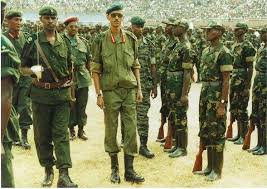
Moreover, many former collaborators of Kagame and RPF have confirmed that the RPF infiltrated the Interahamwe in order to hasten the killings that were mostly targeting Tutsi population. These killings were perpetrated by Interahamwe, a militia whose president at national level happens to be a Tutsi and allegedly linked to Kagame’s family.
The RPF pretence to save and protect Tutsi population while it has killed, jailed or forced many Tutsi to flee the country, should also be questioned. considering the political hijacking of IBUKA, the umbrella association for genocide survivor organizations in Rwanda.
While we remember the genocide against the Tutsi for the 23rd occasion, wouldn’t it be more reasonable to call for justice so the above mentioned equivocal be relieved by investigating the RPF?
1 Excerpt From: Romeo Dallaire. “Shake Hands With the Devil.”

